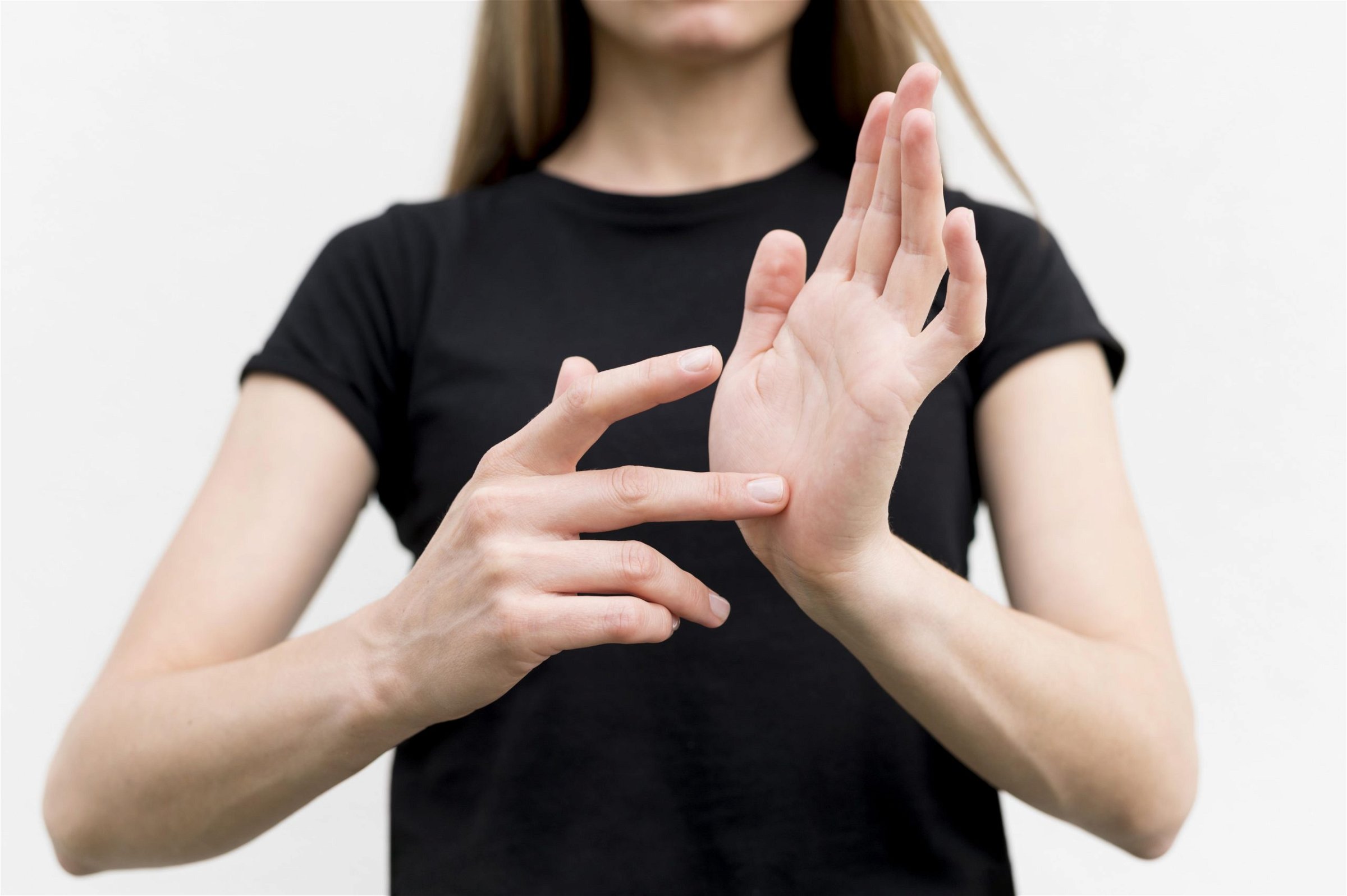Tratamiento Integrado Del Dolor
- Condiciones
- Tratamientos
- Pacientes
- Práctica
- Dr. Tian Xia
- Heather Cottini
- Andry Khlopas
- Lyndsey Johnson
- Dr Michael G Banuelos
- Linda H. Morris
- Stacia Jones
- Hoai Luu
- Dr Ricardo Knight
- Finnbar Higgins
Chiropractors
Physical Therapist
- Blog
Condiciones
Trigger finger syndrome
Trigger finger syndrome also known as stenosing tenosynovitis, trigger digit or trigger thumb is a disorder where the finger catches, snaps or locks and becomes stuck in a bent position.

When straightening it will be in a snap like a gun trigger being pulled which explains the name. This condition is associated with pain and dysfunction and involves the finger’s flexor tendon.
The size disparity between the retinacular pulley system and the flexor tendon, usually at the first annular level pulley, is what results in the extension or flexion of the finger and the trigger phenomenon.
When the finger is unlocking, it happens in a sudden pop back to normalcy and this is likened to a gun trigger release.
The trigger finger syndrome appears when the space between the sheath and the tendons is narrowed by inflammation. In cases where the condition is severe, the finger is locked in a bending position.
Individuals who take part in activities that involve repetitive tight grip action will be at a higher risk of developing trigger finger. This syndrome is common in diabetic individuals and in women.
The treatment of trigger finger syndrome depends on the severity of the involved symptoms.
Síntomas
Trigger finger syndrome have been found to progress and can be mild to severe.
Patients of this condition have reported the following symptoms.
El dedo afectado puede estar rígido; en la mayoría de los casos, esto ocurre por la mañana.
Puede haber una sensación de chasquido o chasquido al mover el dedo.
Habrá un nódulo o sensibilidad en la base del dedo afectado (ocurre en la palma)
En la mayoría de los casos, el dedo quedará atrapado o bloqueado en una posición doblada que se enderezará repentinamente imitando la liberación del gatillo de una pistola.
El dedo puede quedar bloqueado en la posición doblada y será imposible enderezarlo normalmente y cualquier enderezamiento forzado se caracteriza por dolor y agonía.
The trigger finger syndrome will in most cases affect the middle finger, ring finger or the thumb. In some cases, more than one finger will be affected simultaneously and both hands might be affected.
The triggering sensation is more common in the morning hours and also when grasping objects firmly of when the finger is straightened.
It is recommended that any catching or stiffness of a finger be taken to a doctor for a better review of the involved symptoms. Individuals with inflamed or hot fingers should seek medical attention as this might be caused by an infection.
Causas
The causes behind trigger finger syndrome are not well understood. Though this is the case, there are a few proposed causes believed to be behind this syndrome.
This condition is also referred to as stenosing tenosynovitis but some experts have stated that this might be a misnomer because the inflammation is not a predominant feature in the condition.
It is believed that the repetitive and forceful use of digits is responsible for the fibrous digital sheath narrowing but there is still poor evidence to support this theory.
The relationship between work activities and trigger finger is debatable and there is scientific evidence supporting and disapproving hand use as a cause.
While the data is unclear surrounding the mechanism that causes trigger finger syndrome, there is evidence that the syndrome is more likely to develop after a carpal tunnel syndrome surgery. This condition has also been found to likely occur in patients suffering from rheumatoid arthritis.
Tendons are the fibrous cords that connect the bone and the muscles and the tendons are protected by a sheath. It is believed that trigger finger syndrome might occur when the sheath is inflamed or irritated.
This will affect the normal gliding motion of the tendon in the sheath. If the irritation is prolonged, there will be thickening and scarring and the formation of the nodules will inhibit the motion of the tendon and cause trigger finger syndrome.
Servicios
Arm & Leg Pain Conditions
Tratamiento del túnel carpiano
Síndrome del intestino irritable
Factores de riesgo
Though the mechanism behind the cause of trigger finger syndrome is not clearly understood, there are factors that are known to increase chances of developing this condition.
Hobbies and occupations that involve repeated or prolonged gripping have been found to increase the risk of trigger finger syndrome. There are certain health problems that will put an individual at a greater risk of trigger finger syndrome such as rheumatoid arthritis and diabetes.
Trigger finger syndrome is common in women and thus gender is also considered a risk factor.
Diagnóstico
There is no elaborate testing required for the diagnosis of trigger finger syndrome. The medical practitioner will simply use a physical exam and medical history in the diagnostic process.
The physical examination will involve opening and closing of the hand and the medical practitioner will check paining areas, evidence of locking and motion smoothness. The physical exam will also involve the checking if there is a lump present in the palm.
If the lump is presents and moves with the finger, it is associated with the trigger finger syndrome because it is attached to the tendon responsible for the finger motion.
Tratamiento
El plan de tratamiento seguido depende enteramente de la gravedad y la duración. En la medicación, se pueden usar medicamentos antiinflamatorios no esteroides como el ibuprofeno o el naproxeno para aliviar el dolor, pero en la mayoría de los casos, estos medicamentos también aliviarán la hinchazón que atrapa el tendón o contrae la vaina.
Therapy is also used as a conservative method of treatment. Resting for at least 3 to 4 weeks avoiding activities that involve repeated grasping, gripping and prolonged use of vibrating machines will assist in the recovery process.
Ice or heat is also effective in alleviating the symptoms with some people responding to heat and others to ice. The patient may have to wear a splint to keep the finger in an extended position at night for a period up to 6 weeks. Gentle stretching exercises will help in maintaining the finger’s mobility.
Otros procedimientos pueden incluir inyección de esteroides cerca de la vaina del tendón afectado, liberación percutánea y cirugía que implica el corte de la vaina del tendón constreñida.

